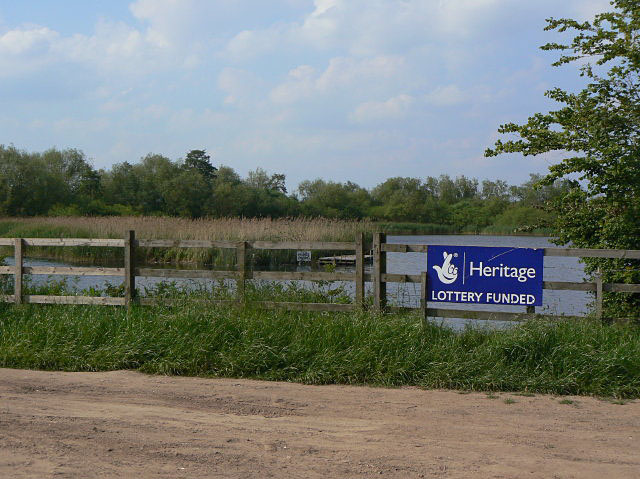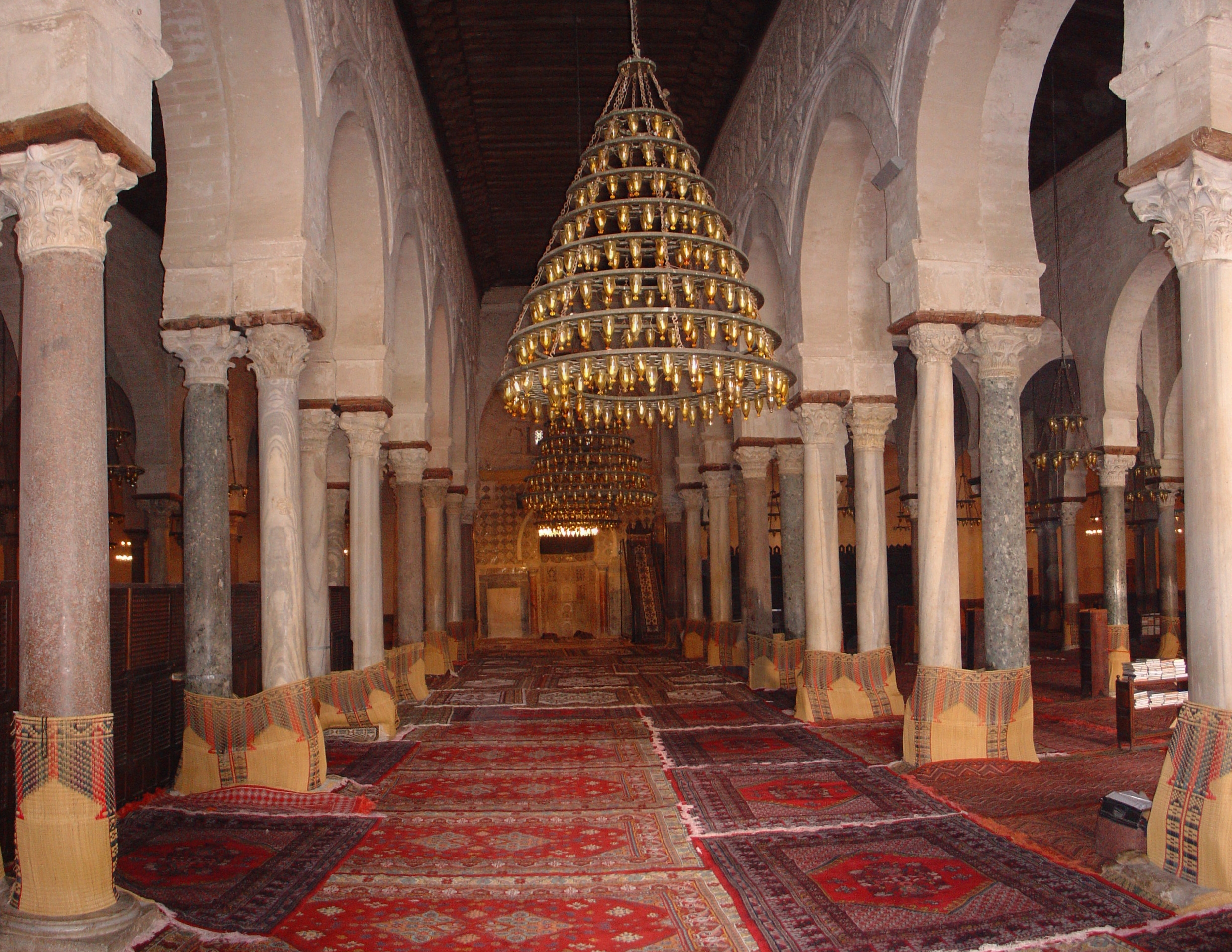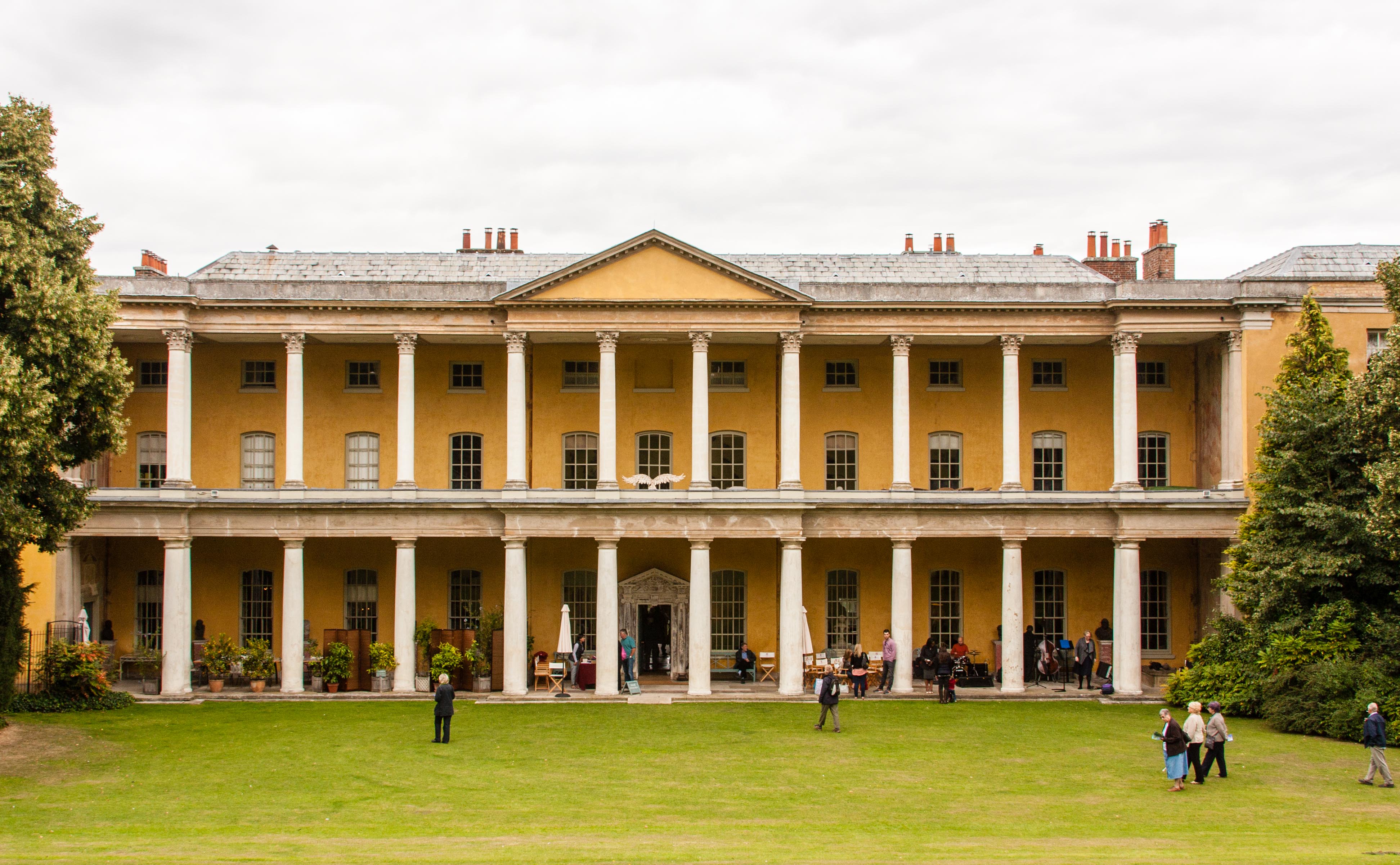|
Hall Place
Hall Place is a stately home in the London Borough of Bexley in south-east London, built in 1537 for Sir John Champneys, a wealthy merchant and former Lord Mayor of London. The house was extended in 1649 by Sir Robert Austen, a merchant from Tenterden in Kent. The house is a Grade I listed building and Scheduled Ancient Monument, and surrounded by a 65-hectare award-winning garden. It is situated on the A223, Bourne Road, south of Watling Street (A207) and north of the Black Prince interchange of the A2 dual carriageway and two lesser roads. History 16th and 17th century Building started on Hall Place in 1537 for wealthy merchant Sir John Champneys, Lord Mayor of the City of London. Building materials included stone recycled from a nearby former monastery, Lesnes Abbey. Sir John's house consisted of a splendid central Great Hall crossed at one end by a service wing and at the other by high status family accommodation including a parlour and great chamber. The outer walls a ... [...More Info...] [...Related Items...] OR: [Wikipedia] [Google] [Baidu] |
Bexley
Bexley is an area of south-eastern Greater London, England and part of the London Borough of Bexley. It is sometimes known as Bexley Village or Old Bexley to differentiate the area from the wider borough. It is located east-southeast of Charing Cross and south of Bexleyheath. Bexley was an ancient parish in the county of Kent. As part of the suburban growth of London in the 20th century, Bexley increased in population, becoming a municipal borough in 1935 and has formed part of Greater London since 1965. History Bexley was an ancient parish in Kent, in the diocese of Rochester, and under the Local Government Act 1894 formed part of Bexley Urban District. The urban district gained further status in 1935 as a municipal borough. Kent County Council formed the second tier of local government during that time. In 1965, London County Council was abolished and replaced by Greater London Council, with an expanded administrative area that took in the metropolitan parts of the Hom ... [...More Info...] [...Related Items...] OR: [Wikipedia] [Google] [Baidu] |
Sir Robert Austen, 4th Baronet
Sir Robert Austen, 4th Baronet (6 October 1697 – 7 October 1743), of Hall Place, Bexley, Kent, was an English politician who sat in the House of Commons in two periods between 1728 and 1741. Austen was the son of Sir Robert Austen, 3rd Baronet and his wife Elizabeth Stawell, daughter of George Stawell of Cothelstone Somerset. He succeeded to the title of 4th Baronet Austen of Hall Place in Bexley, Kent upon the death of his father on 5 July 1706 . He matriculated at Oriel College, Oxford in 1715. He was High Sheriff of Kent in 1724. Austen was seated on petition as Member of Parliament (MP) for New Romney, Kent on 29 April 1728 after being defeated in the poll at the 1727 British general election. He voted with the Opposition on the civil list, the Hessians, and the army, but voted for the excise bill, and abstained on the repeal of the Septennial Act. He was defeated at the 1734 British general election, but was returned for New Romney at a by-election on 10 February 1736. ... [...More Info...] [...Related Items...] OR: [Wikipedia] [Google] [Baidu] |
Heritage Lottery Fund
The National Lottery Heritage Fund, formerly the Heritage Lottery Fund (HLF), distributes a share of National Lottery funding, supporting a wide range of heritage projects across the United Kingdom. History The fund's predecessor bodies were the National Land Fund, established in 1946, and the National Heritage Memorial Fund, established in 1980. The current body was established as the "Heritage Lottery Fund" in 1994. It was re-branded as the National Lottery Heritage Fund in January 2019. Activities The fund's income comes from the National Lottery which is managed by Camelot Group. Its objectives are "to conserve the UK's diverse heritage, to encourage people to be involved in heritage and to widen access and learning". As of 2019, it had awarded £7.9 billion to 43,000 projects. In 2006, the National Lottery Heritage Fund launched the Parks for People program with the aim to revitalize historic parks and cemeteries. From 2006 to 2021, the Fund had granted £254million ... [...More Info...] [...Related Items...] OR: [Wikipedia] [Google] [Baidu] |
Hall Place Topiary
In architecture, a hall is a relatively large space enclosed by a roof and walls. In the Iron Age and early Middle Ages in northern Europe, a mead hall was where a lord and his retainers ate and also slept. Later in the Middle Ages, the great hall was the largest room in castles and large houses, and where the servants usually slept. As more complex house plans developed, the hall remained a large room for dancing and large feasts, often still with servants sleeping there. It was usually immediately inside the main door. In modern British houses, an entrance hall next to the front door remains an indispensable feature, even if it is essentially merely a corridor. Today, the (entrance) hall of a house is the space next to the front door or vestibule leading to the rooms directly and/or indirectly. Where the hall inside the front door of a house is elongated, it may be called a passage, corridor (from Spanish ''corredor'' used in El Escorial and 100 years later in Castle How ... [...More Info...] [...Related Items...] OR: [Wikipedia] [Google] [Baidu] |
Luftwaffe
The ''Luftwaffe'' () was the aerial-warfare branch of the German '' Wehrmacht'' before and during World War II. Germany's military air arms during World War I, the '' Luftstreitkräfte'' of the Imperial Army and the '' Marine-Fliegerabteilung'' of the Imperial Navy, had been disbanded in May 1920 in accordance with the terms of the 1919 Treaty of Versailles which banned Germany from having any air force. During the interwar period, German pilots were trained secretly in violation of the treaty at Lipetsk Air Base in the Soviet Union. With the rise of the Nazi Party and the repudiation of the Versailles Treaty, the ''Luftwaffe''s existence was publicly acknowledged on 26 February 1935, just over two weeks before open defiance of the Versailles Treaty through German rearmament and conscription would be announced on 16 March. The Condor Legion, a ''Luftwaffe'' detachment sent to aid Nationalist forces in the Spanish Civil War, provided the force with a valuable testing ... [...More Info...] [...Related Items...] OR: [Wikipedia] [Google] [Baidu] |
Ultra
adopted by British military intelligence in June 1941 for wartime signals intelligence obtained by breaking high-level encrypted enemy radio and teleprinter communications at the Government Code and Cypher School (GC&CS) at Bletchley Park. ''Ultra'' eventually became the standard designation among the western Allies for all such intelligence. The name arose because the intelligence obtained was considered more important than that designated by the highest British security classification then used (''Most Secret'') and so was regarded as being ''Ultra Secret''. Several other cryptonyms had been used for such intelligence. The code name ''Boniface'' was used as a cover name for ''Ultra''. In order to ensure that the successful code-breaking did not become apparent to the Germans, British intelligence created a fictional MI6 master spy, Boniface, who controlled a fictional series of agents throughout Germany. Information obtained through code-breaking was often attributed ... [...More Info...] [...Related Items...] OR: [Wikipedia] [Google] [Baidu] |
Y-stations
The "Y" service was a network of British signals intelligence collection sites, the Y-stations. The service was established during the First World War and used again during the Second World War. The sites were operated by a range of agencies including the Army, Navy and RAF plus the Foreign Office ( MI6 and MI5), General Post Office and Marconi Company receiving stations ashore and afloat. There were more than 600 receiving sets in use at Y-stations during the Second World War. Background The "Y" stations tended to be of two types, for intercepting of the signals and for identifying where they were coming from. Sometimes both functions were operated at the same site, with the direction finding (D/F) hut being a few hundred metres from the main interception building, because of the need to minimise interference. The sites collected radio traffic which was then either analysed locally or if encrypted, passed for processing initially to the Admiralty Room 40 in London and during ... [...More Info...] [...Related Items...] OR: [Wikipedia] [Google] [Baidu] |
United States Army
The United States Army (USA) is the land warfare, land military branch, service branch of the United States Armed Forces. It is one of the eight Uniformed services of the United States, U.S. uniformed services, and is designated as the Army of the United States in the United States Constitution, U.S. Constitution.Article II, section 2, clause 1 of the United States Constitution (1789). See alsTitle 10, Subtitle B, Chapter 301, Section 3001 The oldest and most senior branch of the U.S. military in order of precedence, the modern U.S. Army has its roots in the Continental Army, which was formed 14 June 1775 to fight the American Revolutionary War (1775–1783)—before the United States was established as a country. After the Revolutionary War, the Congress of the Confederation created the United States Army on 3 June 1784 to replace the disbanded Continental Army.Library of CongressJournals of the Continental Congress, Volume 27/ref> The United States Army considers itself to be ... [...More Info...] [...Related Items...] OR: [Wikipedia] [Google] [Baidu] |
Baron Emile Beaumont D'Erlanger
Baron Emile Beaumont D'Erlanger (4 June 1866 – 24 July 1939) was a French-born British merchant banker. Life He was the second eldest son of Frédéric Emile d'Erlanger, a banker working in Paris at the French branch of Emile Erlanger and Company and Marguerite Mathilde Slidell (1842–1927). ''(See: Erlanger family tree).'' His older brother, Baron Raphael Slidell d'Erlanger, who might have been more likely to follow his father into banking, was instead a scientist and professor at Heidelberg. Emile followed the banking route and from his father he was entrusted with presidency of the railway and tramway companies including the New General Traction Company in England. In 1891 he became a naturalised British subject. From 1911 he was chairman of the Channel Tunnel Company (the predecessor of EuroTunnel) and financed its design.Channel tunnel visions, 1850–1945: dreams and nightmares, Keith M. Wilson, Continuum International Publishing Group, 1994 The company also finan ... [...More Info...] [...Related Items...] OR: [Wikipedia] [Google] [Baidu] |
Robert William Edis
Colonel Sir Robert William Edis (13 June 1839 – 23 June 1927) was a British architect. Biography Edis was born in Huntingdon to Emma and Robert Edis. His sister was the preacher Isabella Reaney, his brother was Arthur Wellesley Edis, a gynaecologist, and his niece through Arthur was the photographer Olive Edis. Edis was educated at Huntingdon Grammar School and Aldenham School before being articled to William Gilbee Habershon and Edward Habershon, architects, in London. He became chief assistant to Anthony Salvin, and joined the Architectural Association in 1859. He was admitted an Associate of the Royal Institute of British Architects in 1862 and a fellow of the association in 1867. Although his early work was Gothic, Edis later became a proponent of the Queen Anne style of baroque revival architecture. He worked mostly on private houses and public buildings, although he did design a few churches. He later became involved in the Aesthetic Movement of decorative arts and ... [...More Info...] [...Related Items...] OR: [Wikipedia] [Google] [Baidu] |
West Wycombe Park
West Wycombe Park is a country house built between 1740 and 1800 near the village of West Wycombe in Buckinghamshire, England. It was conceived as a pleasure palace for the 18th-century libertine and dilettante Sir Francis Dashwood, 2nd Baronet. The house is a long rectangle with four façades that are columned and pedimented, three theatrically so. The house encapsulates the entire progression of British 18th-century architecture from early idiosyncratic Palladian to the Neoclassical, although anomalies in its design make it architecturally unique. The mansion is set within an 18th-century landscaped park containing many small temples and follies, which act as satellites to the greater temple, the house. The house, which is a Grade I listed building, was given to the National Trust in 1943 by Sir John Dashwood, 10th Baronet (1896–1966), an action strongly resented by his heir. Dashwood retained ownership of the surrounding estate and the contents of the house, most of whic ... [...More Info...] [...Related Items...] OR: [Wikipedia] [Google] [Baidu] |






.jpg)
